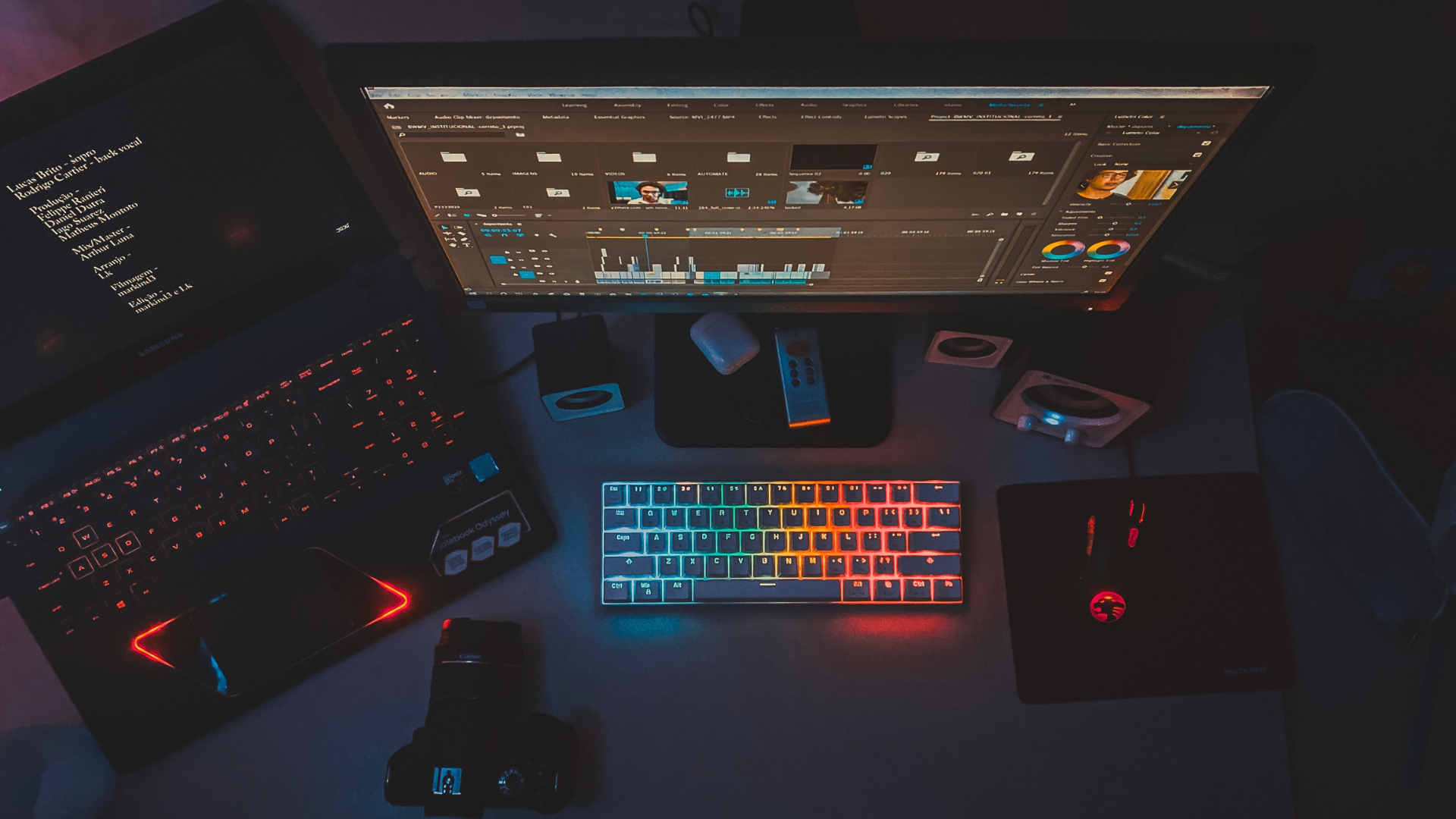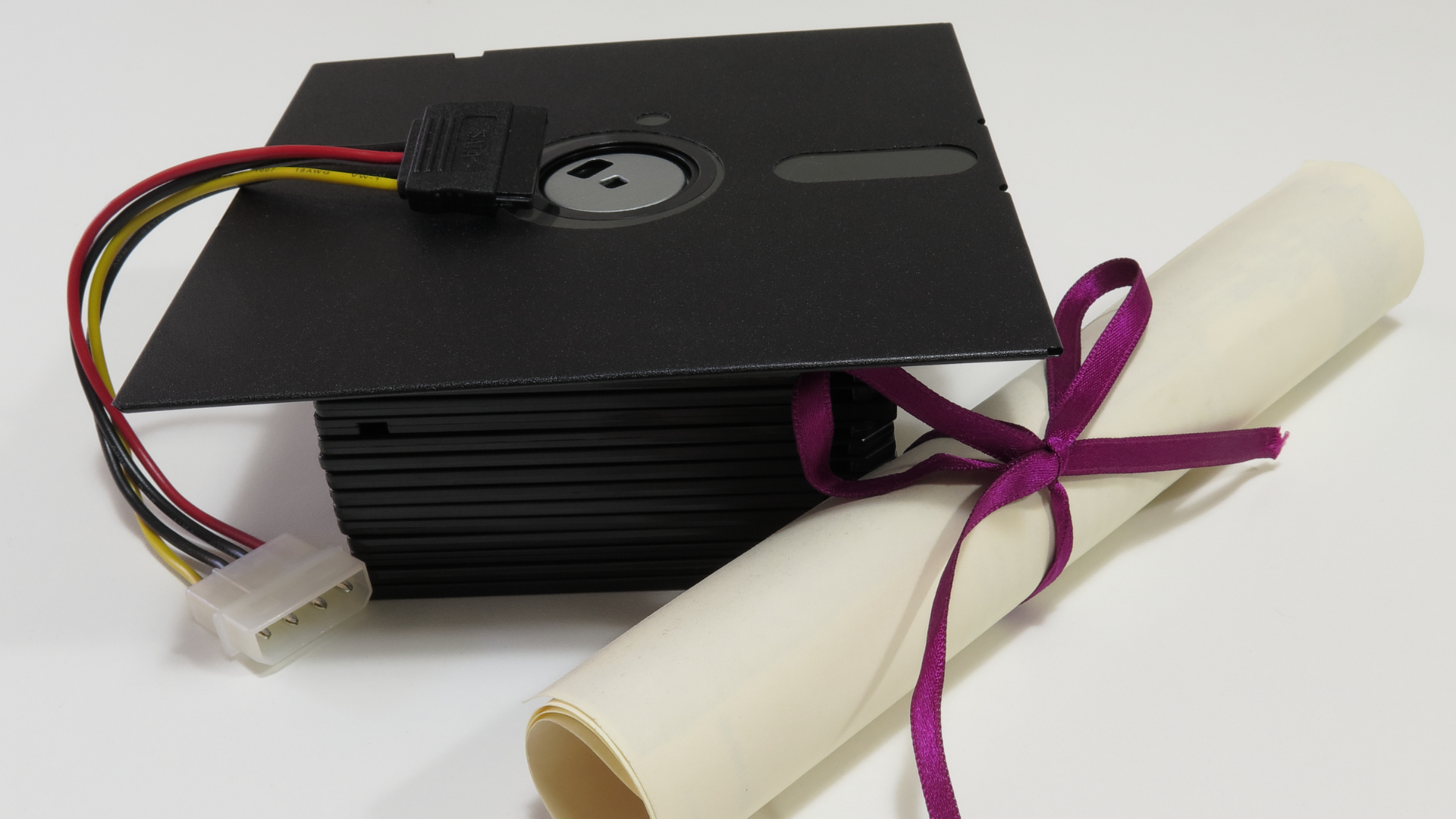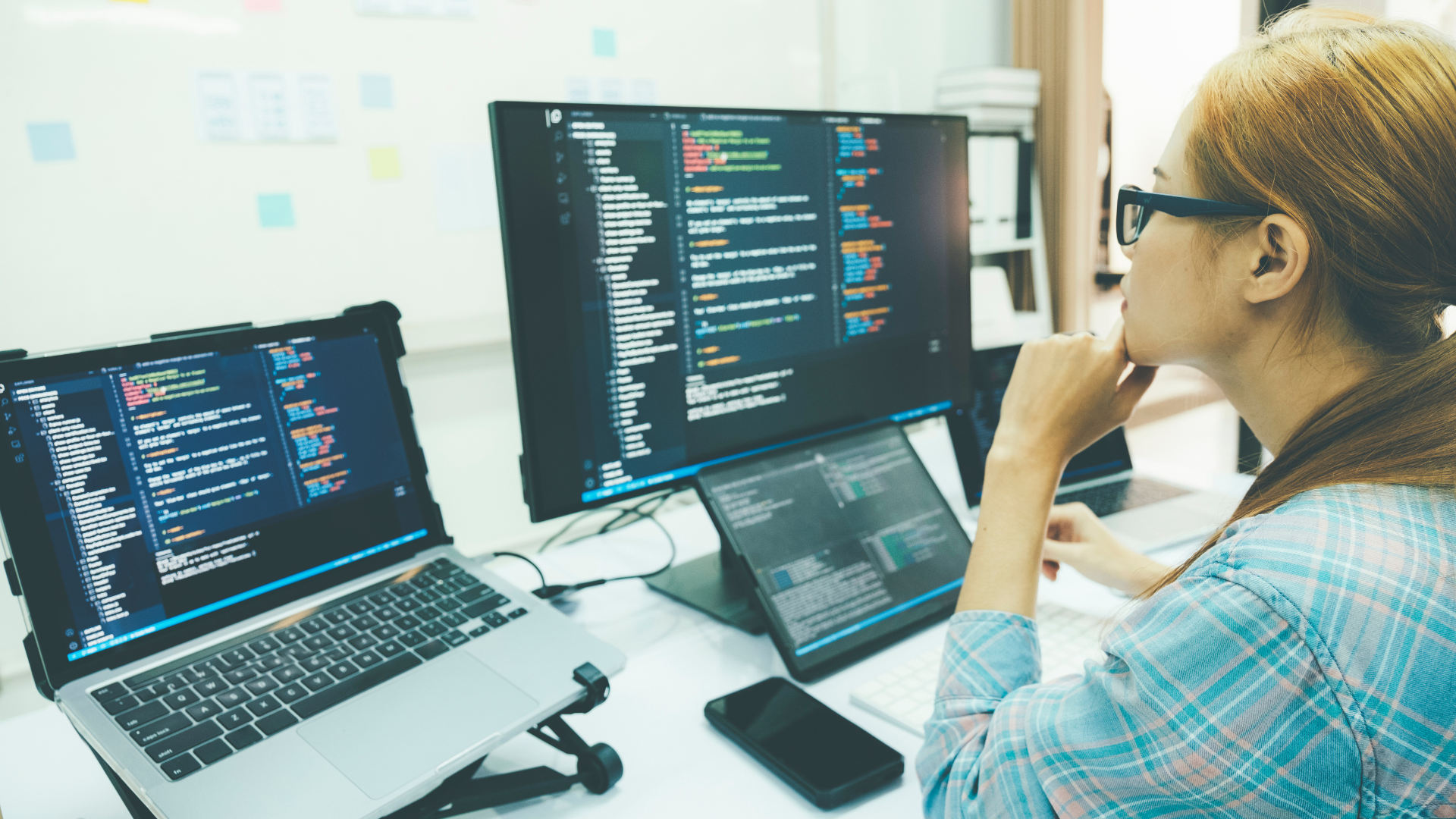
Thinking About Computers
In an age where computers are powerful enough to run entire cities and the internet is safe enough for us to provide our personal information online, it’s easy to take this type of technology for granted.
Technology turns the world into a global village, yet we don’t seem to have time to think about the implications of these advancements on human society or the environment at large.
Understanding Computers
Computers have come a long way since the first computers were created in the late 1940s. These days, we use computers to do everything from managing our finances to planning our day-to-day lives.
In this article, we’ll be exploring some new ways of thinking about computers that could help us make even more use of these powerful machines.
One such method is “computational creativity.” This approach focuses on using computers to create new and innovative ideas. By doing this, we can bypass traditional methods of creativity that are often limited by time or resources.
Computational creativity has already been used to create new art forms and ideas, and there’s no reason it can’t be used to create new technologies as well. Another way of looking at computers is through their “data eyes.”
This approach sees the computer as a tool for understanding and organizing data. By using this approach, we can create better models and simulations that help us understand how the world works. This information can then be used to make better decisions in our everyday lives.
Both computational creativity and data eyes offer huge potential for improving our use of computers. By incorporating these approaches into our everyday workflows, we can unlock endless possibilities for what they can achieve.
History of Computers
Computers have been around for over sixty years, but they’ve undergone some drastic changes in that time. In the early days of computing, machines were huge and expensive and used vacuum tubes.
Computers evolved into what we know today with transistors and integrated circuits. Many new ways of thinking about computers have emerged as a result of these advancements, including the idea that computers can be “smart” and that they can be embedded in things like cars and phones.
New Technologies
Computers have changed dramatically over the years, with new technology constantly being developed. Here are six of the most recent developments in computing:
Virtual Reality
This is a type of computer-generated environment that allows users to feel as if they are inside a 3D scene. This technology has been used for gaming and other entertainment purposes, but it may also be used for medical diagnosis or training simulations.
Augmented Reality
A reality that is similar to virtual reality, but it uses real images or video instead of computer-generated ones. This technology can be used to overlay information on top of what you see in the real world (for example, directions on how to get to your destination).
Machine Learning
A type of artificial intelligence that allows computers to learn from data alone – without being told how to do so. This technology is being used more and more in various fields, including finance and healthcare.
5G Technology
This tech is still developing, but it will be much faster than the current 4G networks. It could be used for everything from telemedicine to ultrafast internet connections.
Blockchain Technology
A distributed ledger allows multiple parties to share information without the need for trust or central authority. This technology is being used more and more in various industries, including banking and food safety tracking.
Quantum Computing
This is a new way of thinking about computers that exploit the unique properties of quantum bits, or qubits. Traditional computers use bits to store information as either 0s or 1s. But qubits can be in multiple states at the same time, which allows for more complex calculations.
The Future
Computers have been with us for a long time now, and during this time they’ve evolved from large room-sized machines to the tiny devices we carry around with us in our pockets.
But how long will they continue to evolve? What new ways of thinking about computing will take hold over the next few years, and what effects will they have on the industry?
There are a number of different directions in which computing is evolving, and it’s difficult to predict which ones will become mainstream over the next few years.
One trend that’s gaining momentum is artificial intelligence (AI). AI is essentially a computer program that can learn on its own, using data from its surroundings to improve its performance.
This ability has led to AI being used in a number of different areas, including banking, retail, and healthcare.
Another area where computing is evolving rapidly is autonomous vehicles. Driverless cars are already being used on some roads in the United States, and there’s no doubt that this technology is going to become more widespread in the coming years.
Not only will driverless cars save many people time and money, but they’ll also reduce traffic congestion significantly.
There are also a number of new ways of storing information that is being developed currently. For example, imagine you want to read an article offline – you could simply download it onto your device so that you can read it when you’re not connected to the internet.
How to Create a Minimalist Pattern
What Is Technology?
You May Also Like

Tips for Choosing a Good Smartphone And Quality
August 2, 2023
What to Expect in a Computer Science Degree Program?
February 21, 2022
